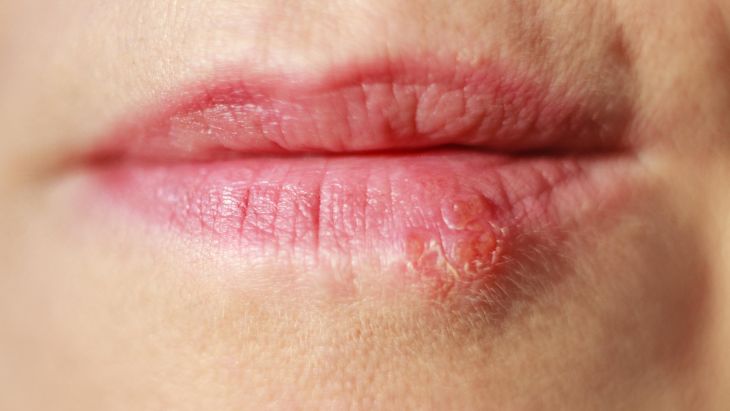Ancient genomes from the herpes virus that commonly causes lip sores – and currently infects some 3.7 billion people globally – have been sequenced for the first time by an international team of scientists led by the University of Cambridge.
Latest research suggests that the HSV-1 virus strain behind facial herpes as we know it today arose around five thousand years ago, in the wake of vast Bronze Age migrations into Europe from the Steppe grasslands of Eurasia, and associated population booms that drove rates of transmission.
Herpes has a history stretching back millions of years, and forms of the virus infect species from bats to coral. Despite its contemporary prevalence among humans, however, scientists say that ancient examples of HSV-1 were surprisingly hard to find.
The authors of the study, published in the journal Science Advances, say the Neolithic flourishing of facial herpes detected in the ancient DNA may have coincided with the advent of a new cultural practice imported from the east: romantic and sexual kissing.
“The world has watched COVID-19 mutate at a rapid rate over weeks and months. A virus like
herpes
evolves on a far grander timescale”Dr Charlotte Houldcroft
“Facial herpes hides in its host for life and only transmits through oral contact, so mutations occur slowly over centuries and millennia,” said Dr Charlotte Houldcroft, co-senior author from Cambridge's Department of Genetics.
“We need to do deep time investigations to understand how DNA viruses like this evolve. Previously, genetic data for herpes only went back to 1925.”
The team managed to hunt down herpes in the remains of four individuals stretching over a thousand-year period, and extract viral DNA from the roots of teeth. Herpes often flares up with mouth infections: at least two of the ancient cadavers had gum disease and a third smoked tobacco.
The oldest sample came from an adult male excavated in Russia’s Ural Mountain region, dating from the late Iron Age around 1,500 years ago.
Two further samples were local to Cambridge, UK. One a female from an early Anglo-Saxon cemetery a few miles south of the city, dating from 6-7th centuries CE. The other a young adult male from the late 14th century, buried in the grounds of medieval Cambridge’s charitable hospital (later to become St. John’s College), who had suffered appalling dental abscesses.
The final sample came from a young adult male excavated in Holland: a fervent clay pipe smoker, most likely massacred by a French attack on his village by the banks of the Rhine in 1672.







